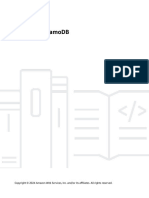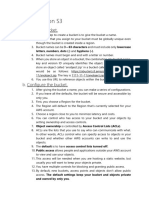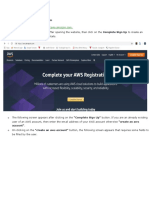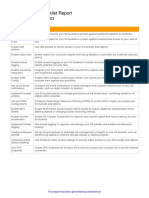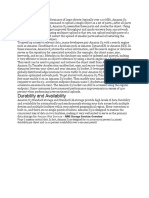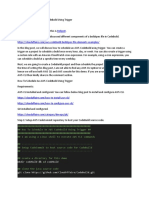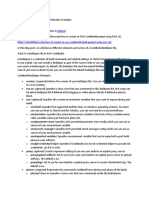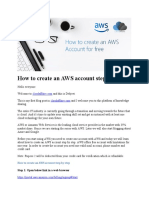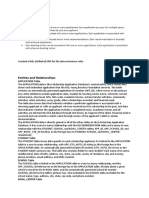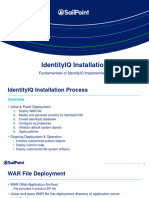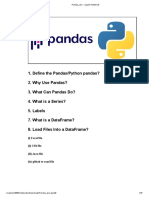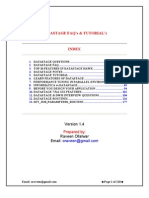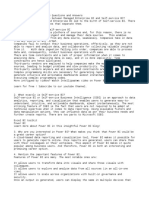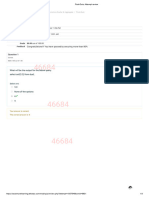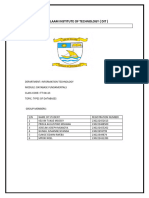0% found this document useful (0 votes)
191 views4 pagesExport DynamoDB to S3 via AWS CLI
This document provides steps to export a DynamoDB table to an S3 bucket using the AWS CLI. It explains that point-in-time recovery must be enabled on the DynamoDB table. It then outlines the 6 steps: 1) create a DynamoDB table and insert sample data, 2) enable point-in-time recovery, 3) create an S3 bucket, 4) export the DynamoDB table to S3, 5) check the export status, and 6) clean up by deleting the S3 bucket and DynamoDB table.
Uploaded by
debjeettoniCopyright
© © All Rights Reserved
We take content rights seriously. If you suspect this is your content, claim it here.
Available Formats
Download as DOCX, PDF, TXT or read online on Scribd
0% found this document useful (0 votes)
191 views4 pagesExport DynamoDB to S3 via AWS CLI
This document provides steps to export a DynamoDB table to an S3 bucket using the AWS CLI. It explains that point-in-time recovery must be enabled on the DynamoDB table. It then outlines the 6 steps: 1) create a DynamoDB table and insert sample data, 2) enable point-in-time recovery, 3) create an S3 bucket, 4) export the DynamoDB table to S3, 5) check the export status, and 6) clean up by deleting the S3 bucket and DynamoDB table.
Uploaded by
debjeettoniCopyright
© © All Rights Reserved
We take content rights seriously. If you suspect this is your content, claim it here.
Available Formats
Download as DOCX, PDF, TXT or read online on Scribd
/ 4





